First created in 1759, the Royal Botanic Kew Gardens today is one of the biggest living plant collections in the world and is also home to some of the most stunning botanical art on the planet. As well, the Kew Gardens is also a UNESCO World Heritage Site.
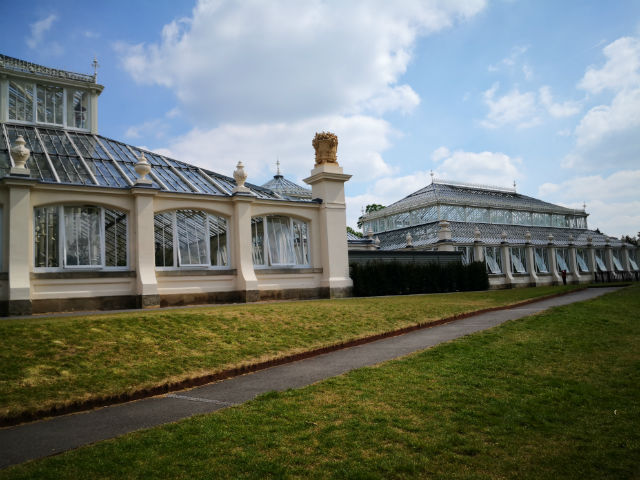
During my time in London in April and May this year, I spent one of my afternoons checking out the Kew Gardens, as this had been highly recommended by a friend of mine.
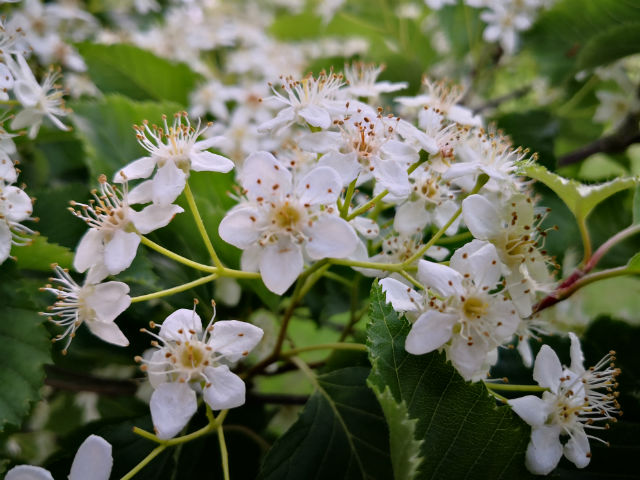
Easy to get to from London
Getting down to the Gardens is quite easy.
If you are taking the Tube down from central London, you can alight at the Kew Gardens Station and the Gardens is a 15-minute walk away from there.
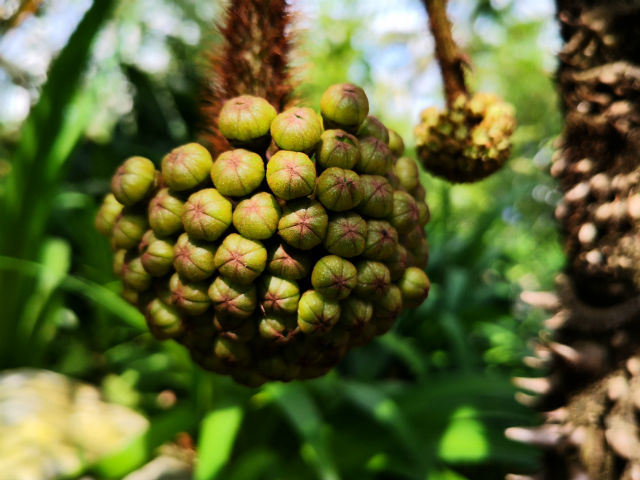
For me though, I took the train in, alighting at the Richmond Station and I then entered the Kew Gardens via the Lion Gate. As I was not based in the London city centre, I thought this method would be easier for me. This walk took me about ten to 15 minutes.
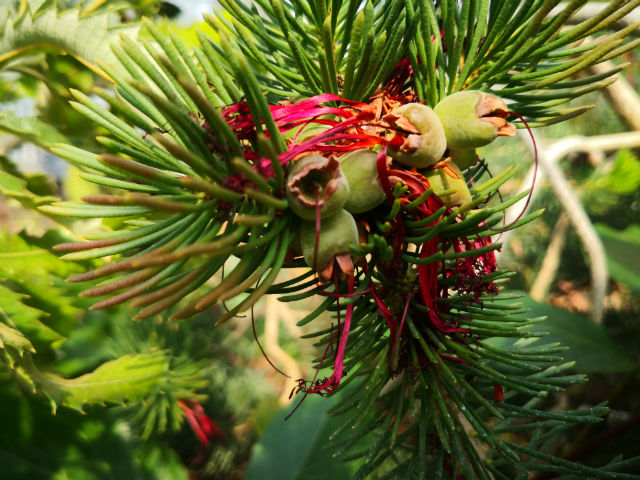
Entering the Kew Gardens
However, upon paying the £16.50 entrance fee, I soon discovered that the Lion Gate is not the best way to enter the Kew Gardens because the Lion entrance is apparently quite far from several of the main attractions at the Kew Gardens, such as the Palm House and the Princess Of Wales Conservatory.
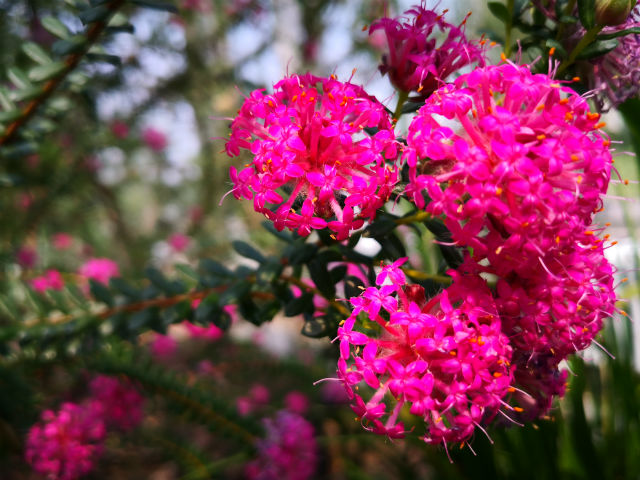
Apparently, I later discovered that there are four different entrances to get into the Kew Gardens, the others being the Victoria Gate, Elizabeth Gate and the Brentford Gate.
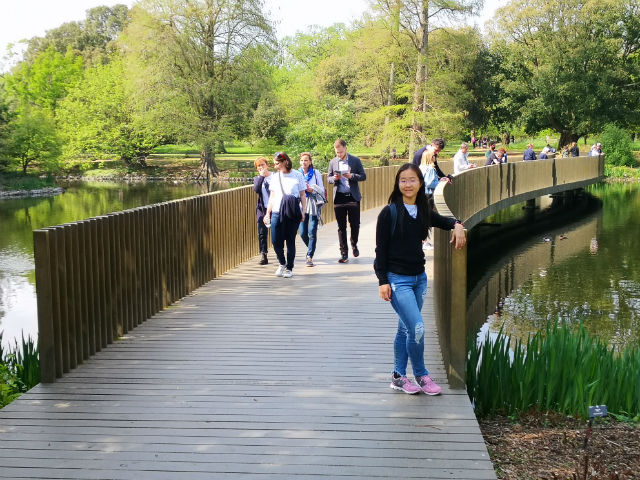
The Victoria Gate is actually the main entrance where most of the key attractions are near. So I recommend that you enter the Gardens via this gate instead.
Kew’s Pagoda
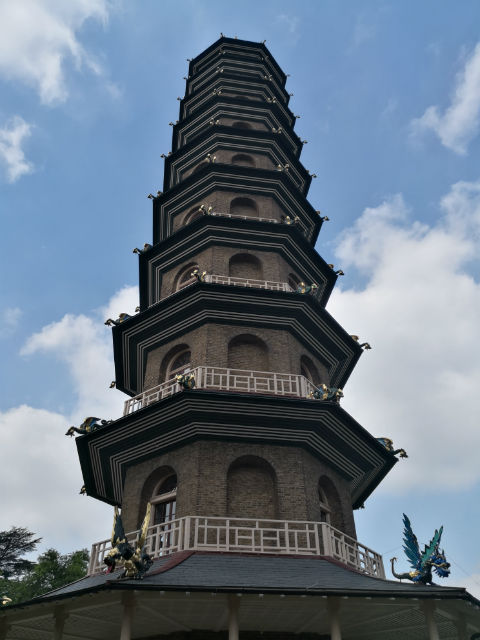
The only saving grace for me, was that the Lion Gate was nearby the 253-step tall Kew’s Pagoda, an iconic building that was originally designed in the 18th century by English architect Sir William Chambers for the British royal family.
I snapped several photos outside the building and I thought it looked like a lovely building with lots of character, but I did not go into the Kew’s Pagoda because climbing the stairs were the only way to reach the top. Apparently there was no elevator.
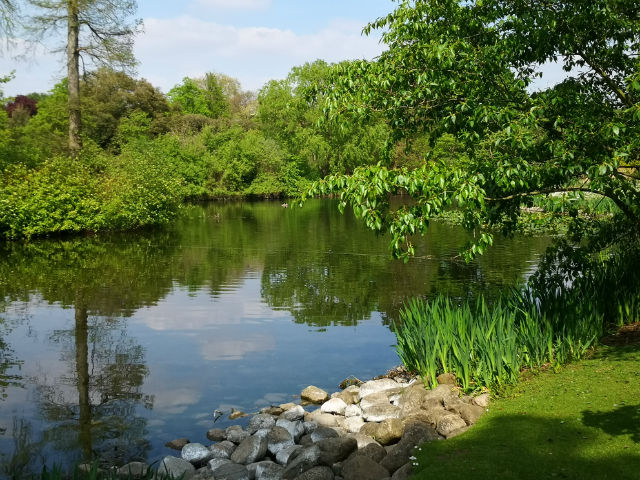
As my trip to Kew Gardens had been my “recovery walk” after having just completed the London Marathon a couple of days back, I certainly was not in any condition to do any stairs.
Entering the Kew’s Pagoda costs £4.50 and your ticket is valid for a 30-minute time slot.
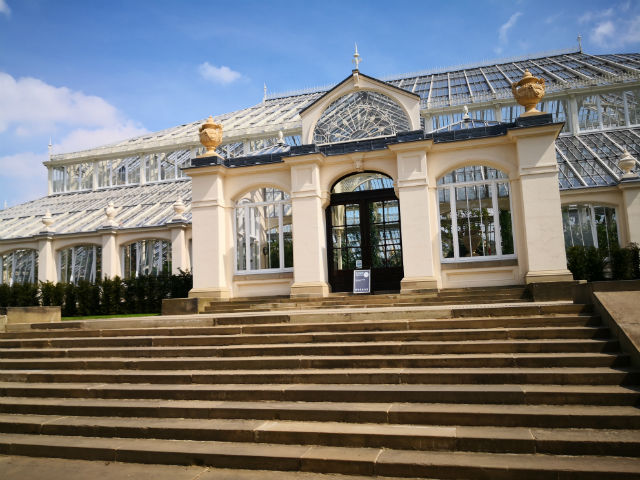
Plenty To See and Do at Kew
As I left the Kew’s Pagoda behind and began walking through the rest of the Gardens, I felt that the time was just whizzing by.
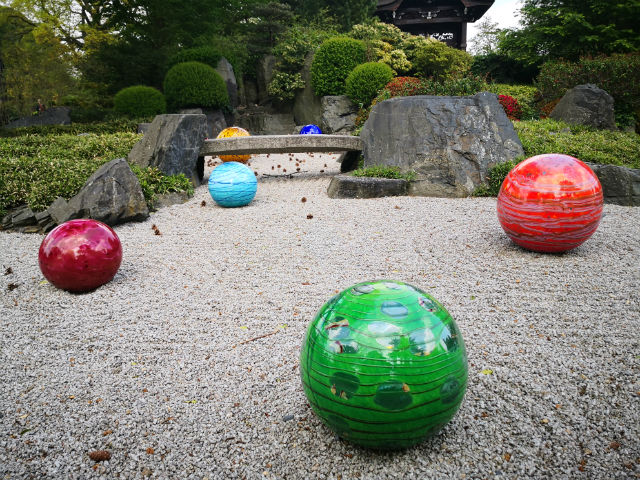
Whether you are a nature lover or not, I would say that there is so much for you to see and do at the Gardens. There are several glass houses, galleries, some eateries, formal garden sculptures, a pond and a Treetop Walkway. I ended up taking so many photos as I was exploring the Gardens.
Along the way, I was starting to feel a bit peckish from all that walking. The weather was also getting slightly warm and balmy for English standards, too, so I stopped at a cafe and got myself a creamy ice cream, which tasted delicious.
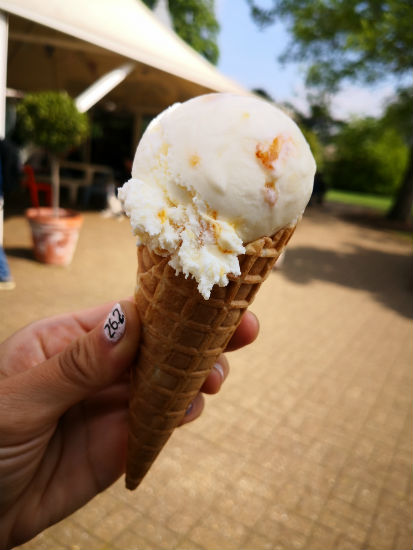
Main Highlights
For those who are visiting the Kew Gardens, some of the main highlights that I would recommend are as follows.
Palm House
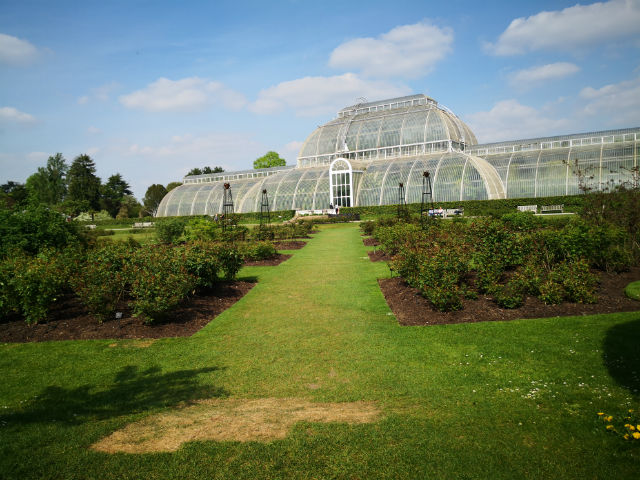
Considered as the emblem of the Gardens, this is a beautiful glasshouse that consists of the flora and fauna specimens of the world and from what I have experienced, you can easily get completely engrossed in seeing and reading everything, that you will totally forget about the time passing.
But the only drawback is that it can get fairly warm as you wander inside here. So you should be prepared to take off your layers.
Princess Of Wales Conservatory
This is a unique, climate-controlled glassy labyrinth that takes you through a series of flora ecosystems ranging from the dry desert environments to the steamy tropical zones.
And here, you get to see all sorts of wonderful flora, which otherwise would not be able to thrive in England, such as the cacti and the orchids. You also get to see carnivorous plants such as Venus flytraps and the Pitcher plants.
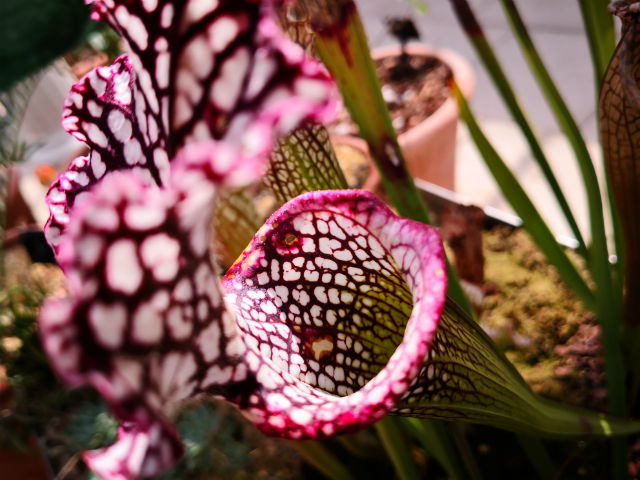
During my Biology lessons at school, I recall that studying about these plants always used to fascinate me, so it was great for me to be able to see them for real, at the Kew Gardens.
Temperate Glasshouse
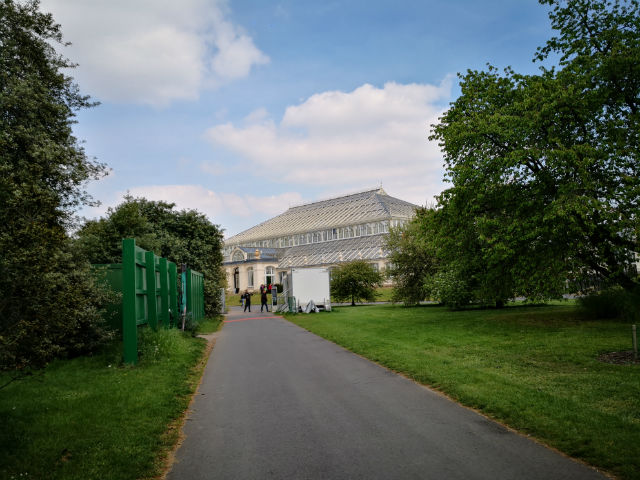
Twice the size of the Palm House, this Glasshouse consists of thousands of unique and rather unusual plant species from all over the world.
Wandering through here, I thought that the specimens were indeed amazing and I learnt so much about various plants that I did not even know had existed prior to my time here.
Formal Gardens
This is a Japanese garden landscape designed by Professor Fukuhara from Osaka, Japan and I thought that it had been very beautifully and tastefully designed.
Treetop Walk
This 18-metre high, 200-metre long structure offers you a lovely view of the Kew Gardens from the treetops.
If you are into heights and love peering down from vantage points, I have to say that you definitely need to check this one out.
Minka House and Bamboo Forest
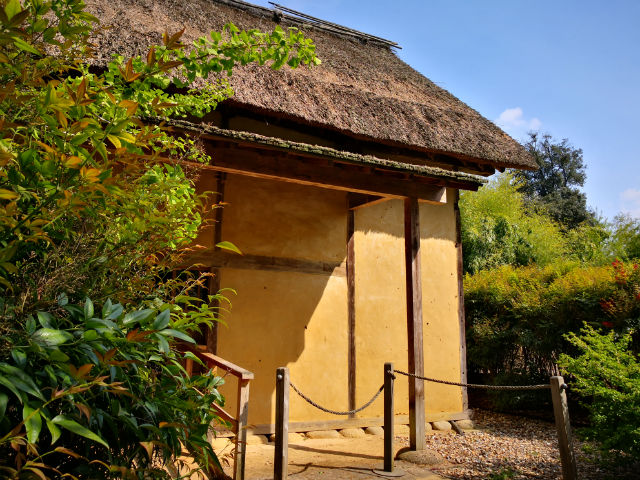
As the name suggests, the Bamboo Forest is a lovely bamboo forest much like those in Japan while the Minka House is a Wooden house built in such a way that allows it to move if there is an earthquake. It is very unusual indeed.
The Kew Explorer
With so much to see and do, it is also quite easy to get lost within the Kew Gardens.
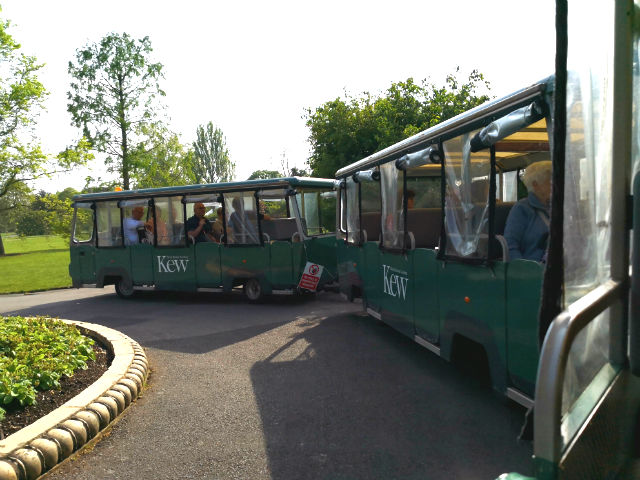
In fact, after a couple of hours, I realised that I was walking around in circles, so when I chanced upon the Kew Explorer train slowly making its rounds of the garden, I decided to get onto it – primarily as a way of getting myself out of the Gardens.
Apparently everything around me had started to look exactly the same! So both the Google Maps app on my phone, as well as the paper map that had been given to me at the entrance, proved to be rather useless.
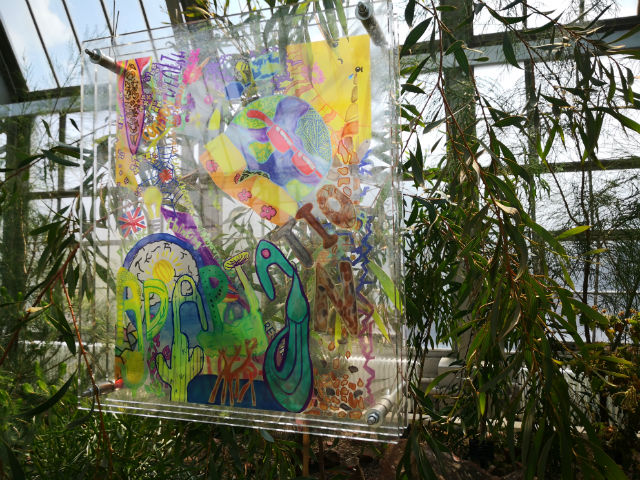
The Kew Explorer, as I was to find out, is not only a great way to get to the key attractions of the Gardens, but is also a fantastic way to learn more about the flora and fauna there, with live commentary from an expert guide, along the entire way.
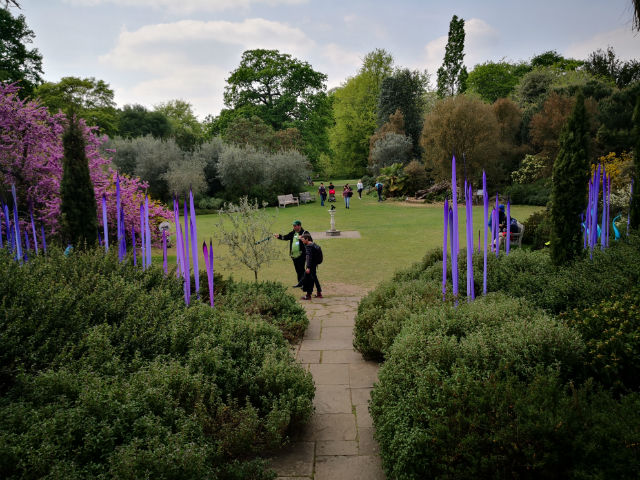
Tickets for the Kew Explorer are £5 each and one ticket is valid for multiple trips throughout the whole day. So you can get out at any of the seven stops along the way, and then come back into the tram anytime you wish.
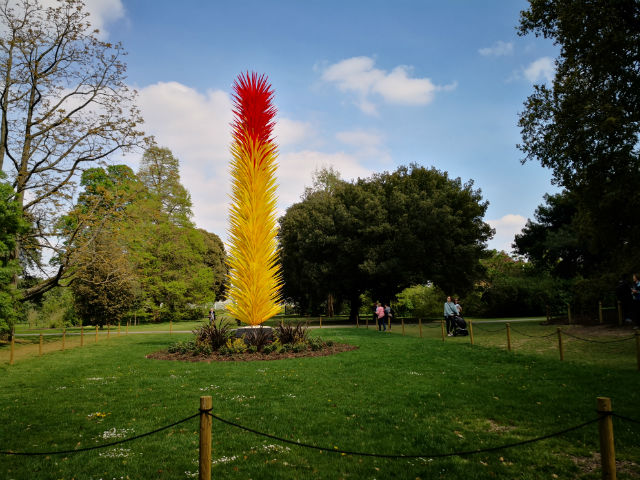
The Kew Explorer dropped me off at the Victoria Gate entrance and then from there, I headed out of the Kew Gardens and took a short bus ride towards the Kew Gardens tube station to make my way back to my accommodation with my phone bursting to the seams with freshly-taken photos of the lovely sights from the Gardens.
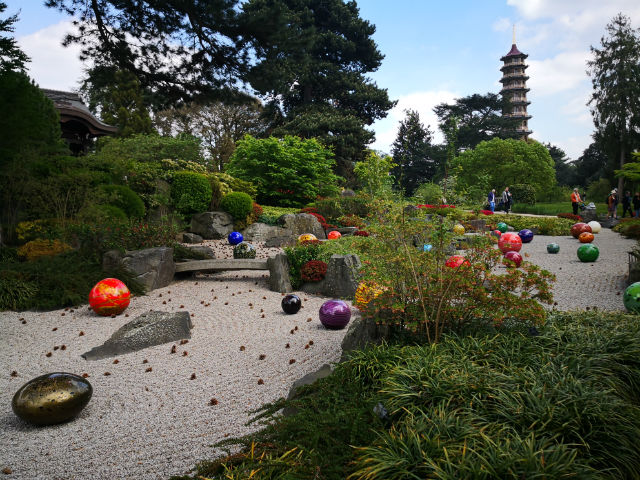
A Great Experience
I could barely believe that an entire afternoon had just flown by, just like that. And to think that there was still so much of the Kew Gardens that I have not seen yet.
I had lots of fun during my time there, but I think that if you want to see everything at the Gardens, I would recommend that you prepare one or two days to fully immerse yourself in the flora and fauna at the Royal Botanic Kew Gardens.

Leave a Comment